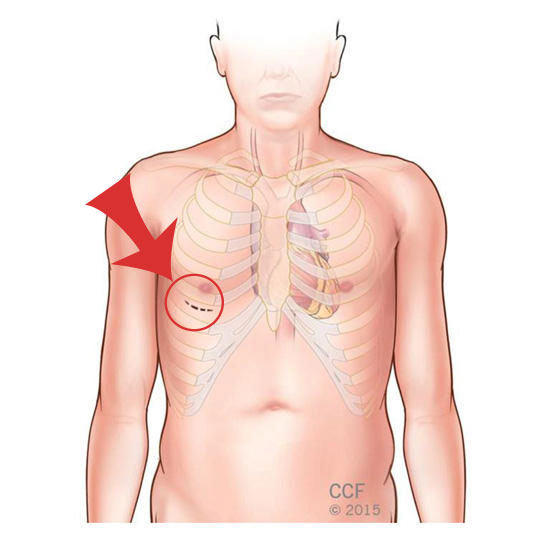Surgeon Q&A: “What About Minimally Invasive Mitral Valve Surgery?” asks Melanie
By Adam Pick on February 26, 2015
A key question for patients needing heart valve surgery is, “What type of incision will be used to access and then repair or replace my heart valve?”
For example, Melanie just asked me, “Can you please tell me if the mitral valve can be replaced via minimally invasive surgery? I need mine replaced. I was told that only mitral valve repairs can be done using less invasive techniques. Is that true?”

I wanted to provide Melanie an expert response. So, I contacted Dr. Marc Gillinov from the Cleveland Clinic. So you know, Dr. Gillinov is a valve specialist. About 90% of his surgeries involve valve therapy. Most importantly, Dr. Gillinov has helped over 100 patients from our community including Lee Corbin, Ralph Mason, and Anita Devine. In addition to all of that great stuff, Dr. Gillinov is a super nice guy who also co-wrote Heart 411.

In his response to Melanie, Dr. Gillinov first addressed sternal and right-sided approaches to the mitral valve:
We offer a variety of approaches for patients who need mitral valve surgery. The guiding principle is to provide the safest and most effective operation with the least invasive approach possible. First and foremost, we must ensure that we can do the best operation. In most cases, patients who have isolated mitral valve surgery (repair or replacement), can have the surgery done without a sternal incision, and we are able to reach the valve through the right side of the chest; this often involves use of the surgical robot. The view of the mitral valve from the right side of the chest is excellent. In fact, the very first mitral valve operations, performed more than fifty years ago, were done via incisions between the ribs on the right side of the chest; of course, those incisions were much larger than the ones used today.
To help you learn more about robotic mitral valve surgery, here is an educational video the Dr. Gillinov just filmed:
In his response to Melanie, Dr. Gillinov discussed the tests and tools that his team at the Cleveland Clinic uses to determine the best approach for his patients:
In order to choose the best approach, we look at your echocardiogram, cardiac catheterization, chest X-ray and chest CT scan. These tests tell us whether we can repair your valve (rather than replace it) and then help us to plan the appropriate approach, which is often minimally invasive.
Lastly, Dr. Gillinov identified the advantages of a minimally invasive approach to mitral valve surgery:
Advantages to a right chest/robotic approach include a faster recovery, less need for blood transfusions and lower risk of infection. Therefore, the right chest approach is the approach we favor for most patients.
I hope this helped Melanie (and perhaps you) learn more about minimally invasive approaches to mitral valve repair and mitral valve replacement surgery.
Keep on tickin!
Adam













